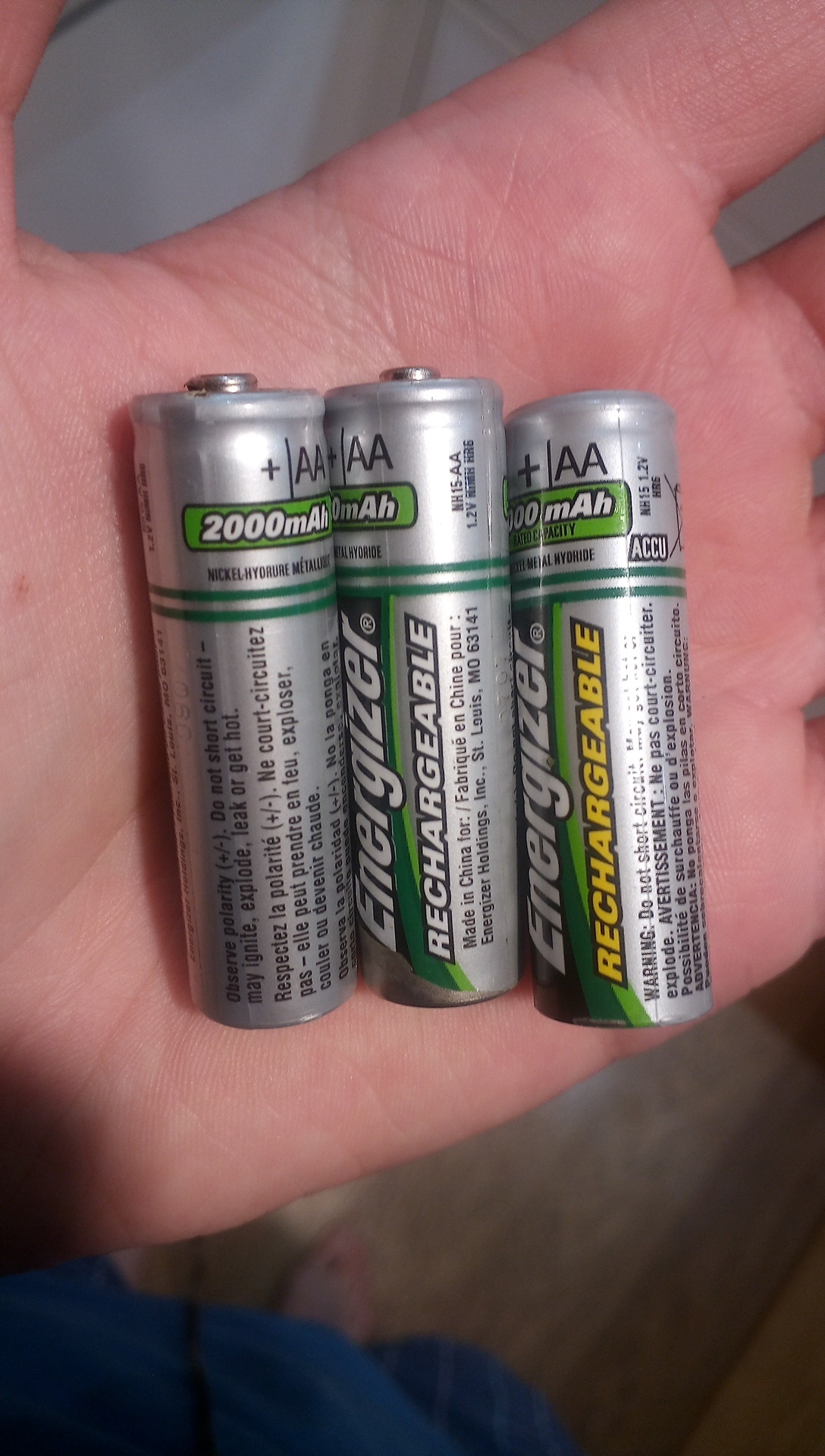this post was submitted on 07 Aug 2023
485 points (100.0% liked)
Technology
37717 readers
408 users here now
A nice place to discuss rumors, happenings, innovations, and challenges in the technology sphere. We also welcome discussions on the intersections of technology and society. If it’s technological news or discussion of technology, it probably belongs here.
Remember the overriding ethos on Beehaw: Be(e) Nice. Each user you encounter here is a person, and should be treated with kindness (even if they’re wrong, or use a Linux distro you don’t like). Personal attacks will not be tolerated.
Subcommunities on Beehaw:
This community's icon was made by Aaron Schneider, under the CC-BY-NC-SA 4.0 license.
founded 2 years ago
MODERATORS
you are viewing a single comment's thread
view the rest of the comments
view the rest of the comments

They can be very useful for the devices that want the full 1.5V, as they can provide that 1.5V across their whole charge cycle, unlike NiMH and Alkalines that drop down the voltage. They are also lighter than NiMH. However they are also more expensive and for most devices NiMH will work just as well, while costing less.
Another thing worth mentioning, NiMH show charge in mAh on the package, Li-Ion very often give it at mWh, which makes the Li-Ion look 20% bigger than they are.
I mean I can't really blame them for being smaller, the USB port is a lot of value added but is also pretty huge.
It infuriates me that we use Wh/Ah instead of Joules for this.
It's like measuring distances with time -- "NYC is 3.4 highway hours from DC" -- except doing it in a world where no one has any idea what speed people drive on the highway.